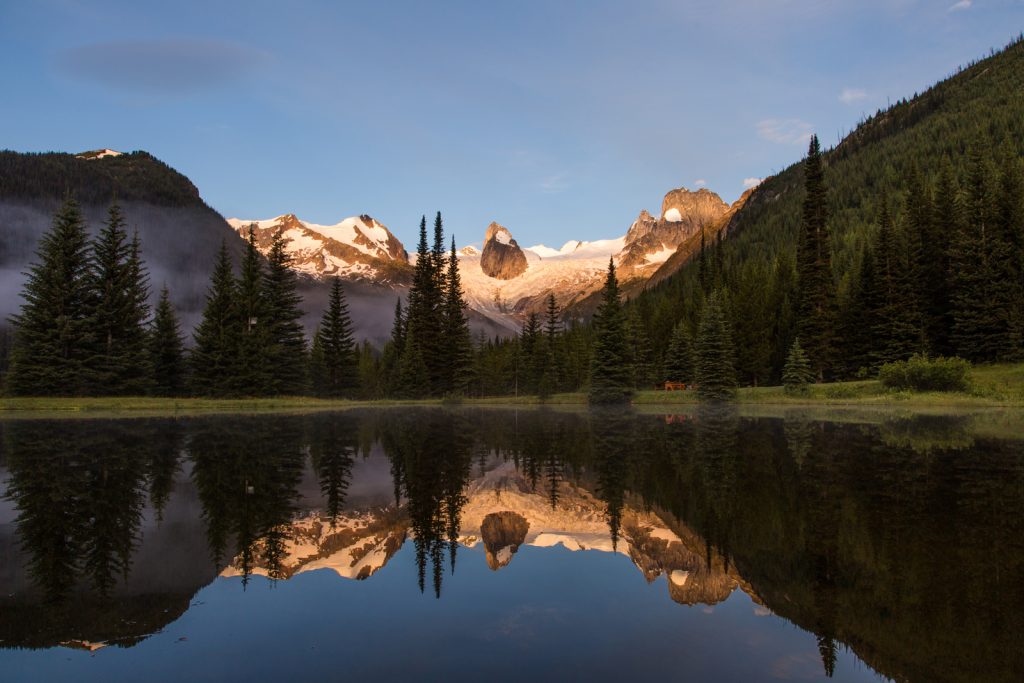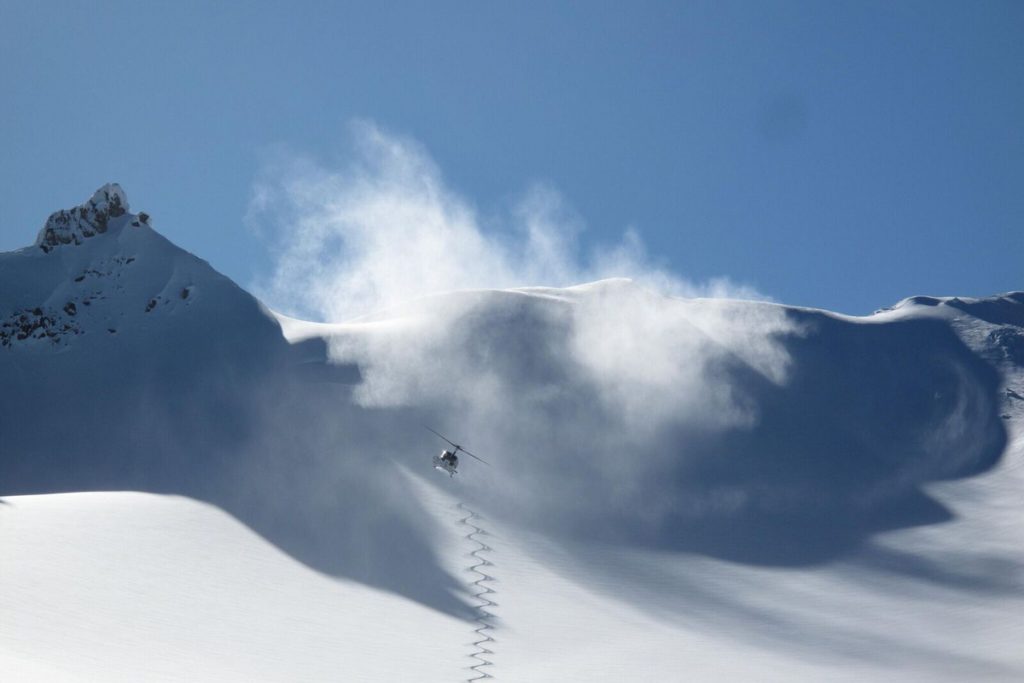Heli-Hiking With Canadian Mountain Holidays
With tailored adventures according to guests’ ability and desires, making for an incredible experience

While the glorious Bugaboos popping from the Purcell Mountains in British Columbia may hide in a snowstorm or retreat coyly behind clouds, the vista here is consistently awe-inspiring—and certainly Instagram-worthy. When hiking with Canadian Mountain Holidays (CMH) we found, however, that the charm of an adventure like this can also be placed with the people who run the show.

Founded in 1965 by ski mountaineer Hans Gmoser, CMH became the planet’s first heli-skiing outfit and, using abandoned cabins from the logging days in the area, CMH was able to perfect the art. It wasn’t until 1978 that they began to offer a summer program. Legend has it that the “heli-hiking” incarnation was sealed by the aging Baroness Lizzie Rummel—an avid mountaineer in her time—who had been flown up by Gmoser. Upon landing, Rummel, who was very old, got out of the helicopter and began to cry, saying it would be the last time she would see the mountains. This convinced Gmoser to offer three to six day heli-hiking in the warmer months.
‘

These lodges are palaces compared to the logging cabins that were once standard. Amenities such as a spa, a bar, an indoor climbing wall and gourmet family-style meals are just a few of the luxuries that await guests post hike. A typical day consists of stretching in the morning, breakfast and a weather briefing. The lodge (which can hold 44 guests) is split into three groups, depending on desires and abilities. Lunch is laid out for participants to tuck into their day packs (most gear is provided by CMH) and then groups begin to fly off to their various adventures methodically—whether it’s a glacier visit or a strenuous ridge hike. The guides accept requests and, with access due to weather, tailor the journey. After the excursions, everyone returns to a sit-down dinner with hosts from CMH.
“People come back, not necessarily because of the mountains or our equipment, it is the relationships that develop here,” says Paul Lazarski, a guide of 26 years. ”Three days isn’t normally a very long time to develop a relationship with people,” he continues, “But the environment allows it to be a bit more intense—a bit more real. You’re dealing with people’s insecurities, and with those who are well outside of their comfort zones. They look to the guides for a sense of confidence and comfort, so it’s trust. This trust is reciprocal. It is a really huge part of what goes on here.”

During our first hike, we landed next to a rocky ridge that feeds into a stunning slope, used for skiing in the winter. Jeff Bodnarchuck (our first guide) pointed out various species of alpine flora and fauna that perfumed the air from a fresh rain. The sublime views were misty and magical with vibrant hues popping through the grays. Even in moody weather, the hikes are exhilarating.
The next day we climbed the via ferrata route set in the Bugaboos. It was strategically designed and installed by CMH for maximum exposure and vistas that take guests to the top of Trundle Peak. The group ran the gamut of those who were terrified of heights—who were then patiently nurtured and encouraged by guide Francisco Medina Schlotterbeck, also known as Pancho—to the more daring guests in the group who dangled freely from their harnesses for fabulous photos.

After calling the helicopter and hiking to a landing spot, we were transported to Wallace Lake. Dave Cochrane, head guide, took part of the group above the lake, where he gave an extensive history lesson of the area and sediment, while Pancho led the rest of the group around the lake examining the glacier’s balance lines or waves of energy from a far. We reconvened for our final flight back to the Bugaboo lodge. The mood of the ride was both serene and melancholic—everybody seemed humbled by the magic of the surroundings.

To book an adventure with CMH, simply visit their website.
Images by Rebekah Stevens












